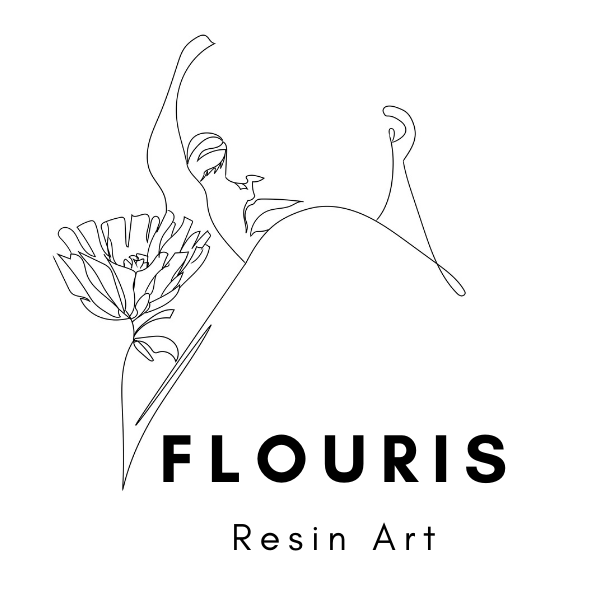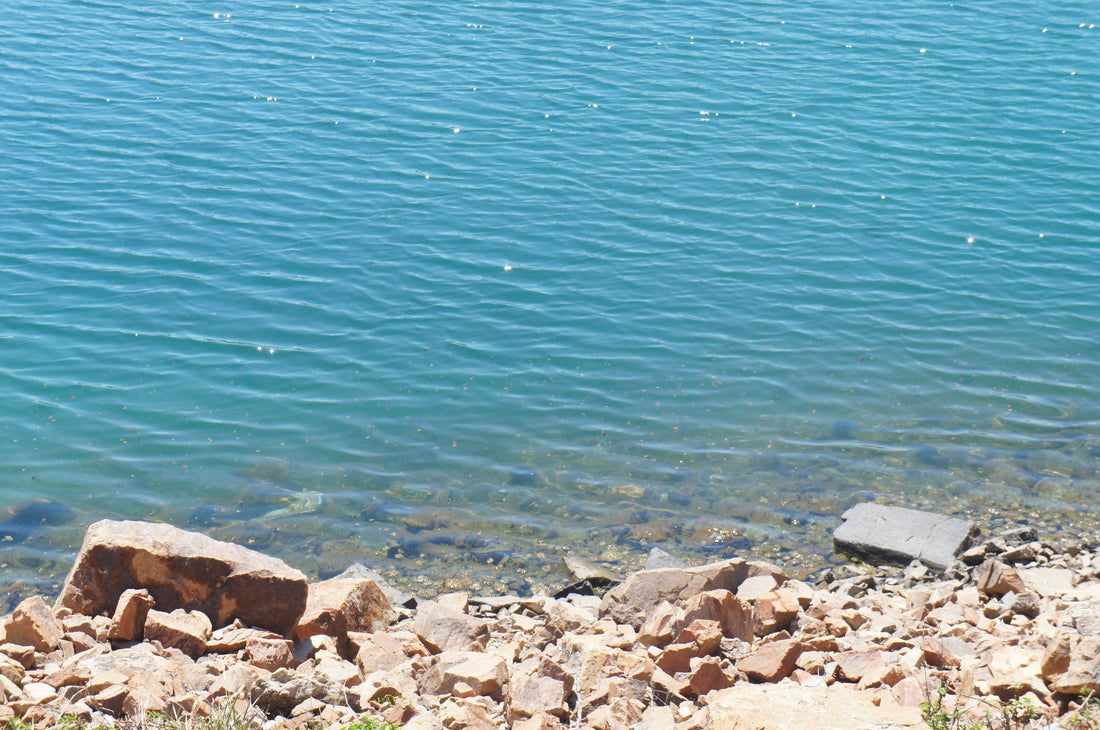
Exploring Blue Therapy: The Psychological Benefits of the Color Blue
Since the COVID-19 pandemic happened in 2019, many of us have come to realize how important it is to connect with nature for our mental health and well-being. This need has been especially clear in my ocean resin art workshops, where participants are eager to find relaxing activities, particularly with calming colors like blue and green inspired by nature, to help them let go of their anxiety and negative emotions and focus on something enjoyable. This article is a unique approach to color therapy that uses shades of blue to promote tranquility, clarity, and emotional health, all through a psychological lens.
What is Blue Therapy?
Blue Therapy is based on color psychology, the study of how different colors affect our feelings and behaviors. By embracing blue, we can create soothing spaces that help reduce stress and boost our mood (Hanada, 2017). Color therapy, also known as chromotherapy, has origins in ancient cultures that recognized the healing properties of colors. Though the practice has evolved over time, the main idea remains colors can greatly affect how we feel.
Blue as a Relaxing Color
Blue often reminds us of open skies and calm waters. Studies show that spending time by the ocean, rivers, or lakes can lift our spirits and create feelings of tranquility. The research found that blue brings a sense of peace and security, which is important for our mental health (AL‐Ayash et al., 2015). Adding soft blue tones can help improve focus and creativity. Blue creates a feeling of space, helping to ease feelings of anxiety and overwhelm that many of us experience (Grace et al., 2024).
Benefits of Natural Blue Spaces

Nature therapy includes not only blue colors but also time spent outdoors. Urban parks, waterfronts, and natural areas can help reduce stress, encourage exercise, and improve air quality. Evidence shows that being near ‘blue spaces’ offers positive effects on our mental health (Garrett et al., 2018). Research indicates that blue spaces are especially important for older adults in places like Hong Kong (AL‐Ayash et al., 2015). More recent studies by Wang and Sani (2024) highlight the potential health benefits blue spaces may offer to this population.
Creating a Tranquil Environment e.g. Blue Decoration

Consider adding blue decoration to your home or workspace, through ocean canvas, furniture such as wooden trays and clocks create a peaceful atmosphere that helps you relax and concentrate. Adding plants and natural elements alongside blue decor can further enhance feelings of relaxation. A combination of green and blue is particularly soothing.
Mindfulness Practices with Blue Visualization

When you meditate, try visualizing calming blue scenes like a tranquil ocean or a clear blue sky. This simple practice can help deepen your relaxation. While focusing on your breath, imagine inhaling a cool blue light and exhaling any stress or tension. These exercises can help center your mind and ease worries.
Understanding the benefits of the color blue helps explain why so many people seek its calming effect. Blue Therapy, combined with nature therapy, emphasizes the value of blue spaces for our mental well-being. Creative activities, like crafting workshops featuring ocean themes, provide fun and helpful outlets during stressful times. So, next time you feel overwhelmed, try spending time in blue spaces or engaging in calming activities. Embrace the refreshing power of blue and nature to promote a happier, healthier you!
Reference:
AL‐Ayash, A., Kane, R. T., Smith, D., & Green‐Armytage, P. (2015). The influence of color on student emotion, heart rate, and performance in learning environments. Color Research & Application, 41(2), 196–205. https://doi.org/10.1002/col.21949
Garrett, J. K., White, M. P., Huang, J., Ng, S., Hui, Z., Leung, C., Tse, L. A., Fung, F., Elliott, L. R., Depledge, M. H., & Wong, M. C. (2018). Urban blue space and health and wellbeing in Hong Kong: Results from a survey of older adults. Health & Place, 55, 100–110. https://doi.org/10.1016/j.healthplace.2018.11.003
Grace, M. J., Dickie, J., Bartie, P. J., & Oliver, D. M. (2024). Health and wellbeing (dis)benefits of accessing inland blue spaces over the course of the COVID-19 pandemic. Landscape and Urban Planning, 252, 105178. https://doi.org/10.1016/j.landurbplan.2024.105178
Hanada, M. (2017). Correspondence analysis of color–emotion associations. Color Research & Application, 43(2), 224–237. https://doi.org/10.1002/col.22171
Wang, L., & Sani, N. M. (2024). The impact of outdoor blue spaces on the health of the elderly: A systematic review. Health & Place, 85, 103168. https://doi.org/10.1016/j.healthplace.2023.103168
*Disclaimer: The information provided above is for reference purposes only and comes from research reports. I am not a licensed psychologist or therapist. If you have any emotional issues, please seek advice from a qualified psychologist or psychiatrist.
*All of the photos above have been provided by me. Please let me know if you intend to repost or download them.

